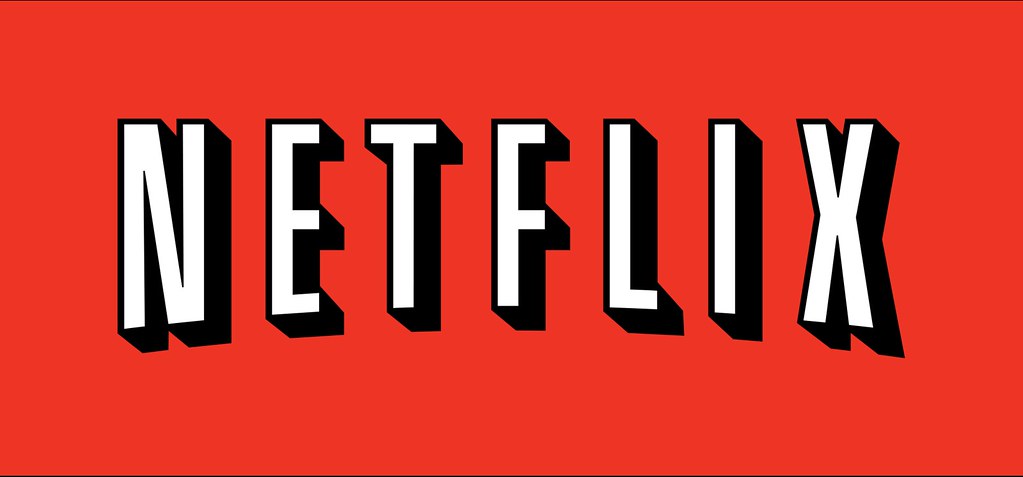About Netflix
So, Saved by the Bell is my absolute jam.
Personally, I could do without the first years where they were in middle school; that just wasn’t very entertaining to me.
Obviously, the prime was when they were in high school. I sadly love watching Zack Morris, AC Slater, Kelly Kapowski and the rest of the gang getting into their fictitious shenanigans.
But I take it you didn’t click on this article to hear my opinions about a random TV sitcom from the late 80s and early 90s. However, it’s not completely random that I am talking about Saved by the Bell. It’s one of my favorite shows to watch on what apparently used to be everyone’s favorite streaming platform, Netflix.

This is the company we are going to be analyzing in this article.
Although you are likely familiar with Netflix, their business and how they generally make money, it’s our job to give you a picture of the company’s objective financials and whether, based primarily on those financials, Los Gatos-based Netflix (NASDAQ: NFLX) deserves to have a spot in your portfolio.
Therefore, before we dig into some of the relevant news that has been floating around about the company, let’s look at this company as if we know nothing about it except its numbers.
Our team at MacroHint believes objectivity is the key element in being an emotionless and ultimately successful investor.
Netflix’s stock numbers
As of this writing, Netflix has a market capitalization (total number of shares outstanding multiplied by the current share price) of just south of $84 billion paired with a price-to-earnings ratio of 20.07. Not a bad start given that a price-to-earnings ratio of 20 is generally said to mean a company is currently trading at its fair value or what it’s said to be worth.
However, it wouldn’t be fair if we didn’t put this in context. Specifically, the company has taken a full pitch downward dive from trading in the $600 range in late 2021, cratering to its new recent share price of around $188.
Nonetheless, the company oversees roughly $44.5 billion in total assets and nearly $28.7 billion in total liabilities according to its balance sheet.

I like the strength of Netflix’s balance sheet. The company has been consistently growing both their own studio content as well as other partnerships with new content partners. As a long-term investor, I’m fine with Netflix using some debt to finance some of its current and future growth plans.
Onto the company’s income statement, Netflix’s total revenue has steadily increased over the past handful of years, standing at nearly $11.7 billion in 2017, rising each year thereafter, up to the last report (according to TD Ameritrade’s platform) in 2021 of almost $30 billion.
We love this.
These numbers tell me that historically (and even in recent history), Netflix’s total revenues are both steady and growthy. As an investor, this is a huge point of attraction but what is even more important is whether or not the company will sustain these trends in the future.
Given a lot of the negative news and current sentiment, I assume their 2022 total revenue numbers are going to look awful.
That’s just our objective opinion.
While I could be wrong, reportedly losing “200,000 subscribers in the first three months of 2021” isn’t likely to invoke general confidence in the company’s prospective revenues.
Netflix’s stock financials
Zipping over to the company’s cash flow statement, Netflix’s net income has a had similar trend since 2017; steady and growthy. More net income means more opportunities to invest in the company, new products, dividends, share buybacks, pay down debt and a slew of other things that are bound to please current and potential shareholders. Specifically, the company’s net income in 2017 was $559 million and has risen to around $5.1 billion in 2021. Outstanding growth such as this means outstanding opportunities for the company and its shareholders.

So far, we are loving Netflix’s stock.
However, if Netflix can’t churn out a decent profit, our opinions are subject to change.
Thankfully, Netflix has an annual net profit margin roughly 13% higher than that of the industry.
As the company continues to grow and establish its presence in more spaces in entertainment, their ability to squeeze out an ever higher profit will be enhanced.
The company does not offer a dividend, however this is understandable given they’re likely to be in growth mode, needing to preserve as much cash on hand as possible.
Another bright spot in Netflix’s financials involves their annual returns. For example, the company’s annual return on equity, assets and investments are all notably higher than the industry. They can churn out a profit and get a return on some of the more critical metrics; the bull case for Netflix is real.
Given all this information regarding the company’s financials, I am in love with the company’s numbers. Now, after establishing Netflix’s financial fortitude, let’s talk about why their share price has recently plummeted.
News with Netflix
As previously mentioned, the company has suffered a recent mass exodus of subscribers which has shaken the Street to its core. While reportedly losing 200,000 subscribers is a huge deal that should concern all investors, what needs to be understood is why Netflix is losing a substantial amount of its customers.
Why is Netflix losing subscribers?
Some say the cost of inflation is causing customers to cut back on unnecessary expenditures, Netflix recently suspending its services in Russia and their crackdowns on account sharing (potentially making customers want to stop using the service altogether) are all potential reasons the stock has been in a freefall.
However, we see another major reason Netflix is losing subscribers in the short term, and possibly the long term; the streaming war is real.
When we say this is a competitive market, we mean it.
Streaming wars and competition
Amazon’s Prime Video, Disney+, Roku, Hulu (owned by Disney), Apple TV, Peacock (owned by Comcast) and many other formidable competitors are all simultaneously pouncing, eager to chip away at Netflix’s market share of the streaming industry.
This could be the wake-up call Netflix needs.
Losing that many customers in a relatively short span of time is unacceptable and hopefully Netflix’s executive team agrees. However, now they have a better idea of what customers want or don’t want, and possibly have a greater reverence for the ultra-competitive landscape of the industry as a whole.

In a way, it’s the perfect storm. Specifically, inflation has been a recent issue for most companies paired with the current situation in Russia mixed with Netflix’s inter-company problems such as account sharing seem to have become real fears to investors all at once.
The future of Netflix
This doesn’t give me as dim an outlook as the Street seems to have. Netflix knows they need to adjust and move on. There are a lot of internal and external headwinds that are hurting Netflix, however, they are likely to find solutions to these problems simply because their viability in the streaming space depends on it.
What investors need to see is the company working on getting customers back or acquiring new customers, working on new and possibly more affordable collaborative plans for customers, focusing more on producing their own content or anything else that will be conducive to securing market share.

Suffice it to say, for those who were interested in picking up a few shares of Netflix in the past, now might be one of the most opportune times to do so if the company comes back swinging.
Should you buy Netflix stock?
Given the strength of the company’s financials, the massive relative discount you could buy the stock at and potential for future growth in the future, we currently give the company a “buy” rating if Netflix can work out plans and even new business models to get customers back watching reruns of Saved by the Bell.
DISCLAIMER: This analysis of the aforementioned stock security is in no way to be construed, understood, or seen as formal, professional, or any other form of investment advice. We are simply expressing our opinions regarding a publicly traded entity.